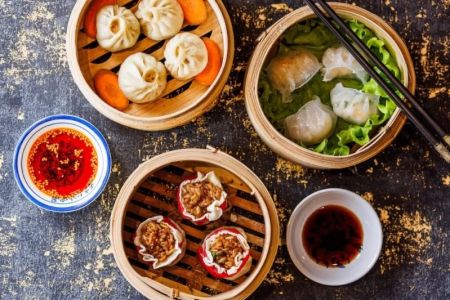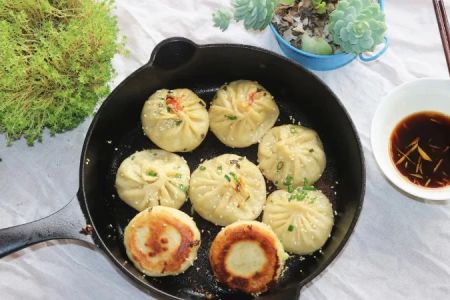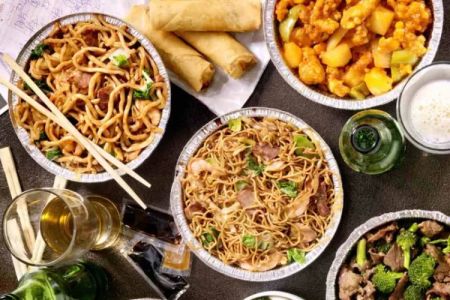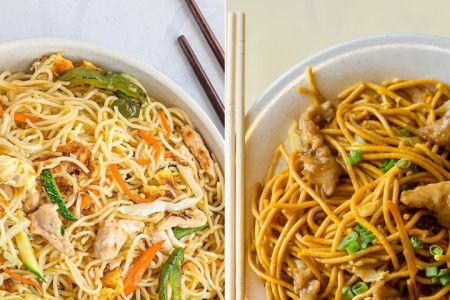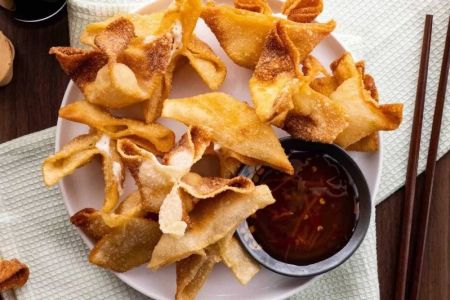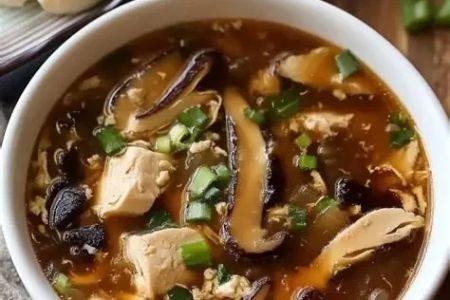- Origins-and-Legends-swf#origins
- Core-Ingredients-swf#ingredients
- Regional-Variations-swf#variations
- Cooking-Techniques-swf#techniques
- Popular-Serving-Styles-swf#serving
- Home-Cooking-Tips-swf#home
1. Origins and Legends of Chinese Chop Suey
Chinese chop suey has long been a staple of American Chinese restaurants, yet its true roots spark lively debate. Many credit chop suey’s invention to early Chinese immigrants in the United States during the 19th century Gold Rush, who improvised a dish from leftover vegetables and meat to feed railroad workers. Other legends claim a Qing Dynasty chef created it for a visiting U.S. dignitary, combining familiar Western ingredients with Chinese cooking techniques. Regardless of the exact origin story, chop suey embodies cultural adaptation—melding Chinese stir-fry methods with locally available produce and proteins.
1.1 Historical Context
The term “chop suey” itself derives from the Cantonese “tsap seui,” meaning “mixed bits.” It first appeared in American newspapers in the 1880s as Chinese communities west of the Mississippi began opening eateries catering to miners and laborers. By the early 1900s, chop suey had become the most recognized Chinese dish in the United States, often served alongside spring rolls and egg foo young in bustling Chinatown districts.
2. Core Ingredients That Define Chop Suey
Although recipes vary, classic Chinese chop suey typically features:
2.1 Vegetables
Crunchy bean sprouts, celery, bamboo shoots, and cabbage form the base, providing texture and nutrition.
2.2 Proteins
Thinly sliced chicken, pork, or shrimp are common, though vegetarian versions substitute tofu or seitan.
2.3 Sauce
A glossy sauce made from soy sauce, oyster sauce, and cornstarch thickener unifies the ingredients. Garlic, ginger, and a hint of sugar often round out the flavor profile.
3. Regional Variations Across North America
As chop suey spread from coast to coast, chefs introduced local twists:
3.1 West Coast Style
In California, fresh produce like snow peas and bell peppers often accompany the dish, reflecting the state’s farm-to-table ethos.
3.2 Midwest Hearty Chop Suey
Midwestern versions tend toward thicker sauces and heartier meats, catering to the region’s comfort food traditions.
3.3 Southeast Fusion
In the South, chefs may integrate Cajun spices or serve chop suey over grits, showcasing true American fusion creativity.
4. Key Cooking Techniques for Authentic Flavor
Mastering Chinese chop suey requires:
4.1 Proper Stir-Fry Heat
A wok over high heat ensures speedy cooking and a slight “wok hei” char on ingredients.
4.2 Ingredient Preparation
Uniform slicing guarantees even cooking. Proteins are often marinated briefly in soy sauce and rice wine for tenderness.
4.3 Sauce Integration
Adding the cornstarch slurry at the end thickens the sauce instantly without overcooking vegetables.
5. Popular Serving Styles and Pairings
Chop suey’s versatility shines through its pairing options:
5.1 Over Rice
A bed of steamed white or brown rice soaks up the savory sauce.
5.2 With Noodles
Some prefer chow mein or lo mein noodles as a base, turning chop suey into a noodle bowl.
5.3 Lettuce Wraps
For a low-carb twist, fill crisp lettuce leaves with chop suey for handheld bites perfect at family gatherings.
6. Home Cooking Tips for the Perfect Chop Suey
Recreate restaurant-style Chinese chop suey with these pro tips:
6.1 Prep Everything First
“Mise en place” is critical. Chop vegetables and measure sauce ingredients before heating the wok.
6.2 Control the Sauce Ratio
Adjust cornstarch slurry to achieve your preferred sauce thickness; too much makes it gummy, too little runs off the rice.
6.3 Freshness Matters
Use the freshest vegetables you can find. Their natural sweetness elevates the dish and reduces reliance on sugar.
By understanding chop suey’s origins, ingredients, and preparation techniques, you’ll appreciate this iconic dish’s cultural significance. Whether you savor it at a local Chinese restaurant or whip it up in your kitchen, Chinese chop suey remains a testament to culinary adaptation—and a delicious reminder that great food transcends borders. For more authentic recipes and top-quality ingredients, visit Dentistry Toothtruth.


